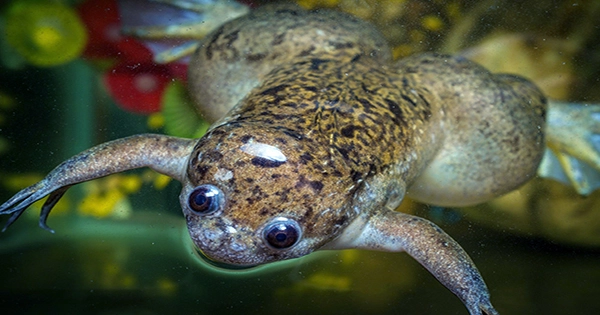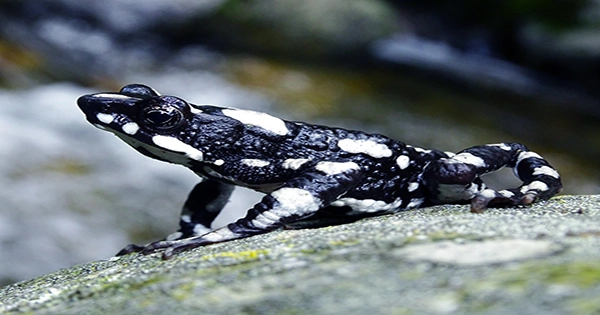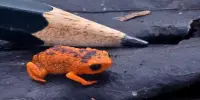“How could a behavior like this – one that does not yield offspring and hence should not be rewarded by natural selection – be so widespread?” researchers wondered after seeing an amphibian mount a boot in a sex attempt gone awry. Yes, it appears that amphibians all around the world are attempting to have sex with just about everything in today’s edition of Studies We like to See (including pythons). Finding love in a hopeless place: A global database of misdirected amplexus in anurans, published in the journal Ecology, features the culprits. The authors investigate how often misdirected amplexus is and what, if anything, drives these animals to do so.
The order Anura contains frogs and toads, and anurans are tailless amphibians. The authors of the current publication cobbled together 378 recorded cases of misdirected amplexus occurrences from 156 species from 69 (nice) genera through their research. The sexually confused frogs and toads came from 52 nations, covering every continent except Antarctica, which is an anomaly due to the region’s complete lack of mammals, reptiles, and amphibians.

Between 1920 and 2020, every one of the amphibians in the dataset had gotten into something they shouldn’t have, and the scientists were able to pinpoint each one to the hour, month, and year in which the misdirected amplexus episodes occurred. This information might one day be used to investigate how environmental factors influence behavior. Frogs and toads were discovered amplexing 282 times across amphibious species, 46 times with dead items, and 50 times with objects or non-amphibious animals. The United States and Brazil were shown to be hotbeds for misdirected amplexus incidents, with the most records.
We can scarcely claim to be experts on the subject, and item usage in sexual circumstances has been documented in other primates – but what would motivate a frog or toad to want to mate with, say, a researcher’s boot? “Acoustic and visual signals (sometimes coupled) are the primary means by which frogs find mates,” explained corresponding author Filipe C. Serrano to IFLScience.
“However, it depends on the species/group since certain species (typically arboreal species) are more territorial and hence utilize cries to attract females, whilst others (e.g., most toads) adopt a search and find’ approach to hunting for females near breeding sites. Chemical and tactile cues may also be employed, although they appear to be secondary to, or at least used after, aural and visual signals.” Misdirected amplexus was the most prevalent mate-seeking strategy among the “search and find” species that breed quickly, demonstrating that sexing a boot has an evolutionary component. These creatures are more likely to encounter fierce rivalry, with many males competing for a small number of females.
“To guarantee they locate a partner, they utilize a ‘clasp first, ask questions later’ technique,” Serrano added. “As a result, they sample the first item that looks like a female since the cost of not doing so, and maybe missing a female due to ‘choosiness,’ is likely missing the opportunity to mate and create children.” There’s choosiness and then there’s mating with a shoe, but it’s probable that the weather has an impact on the behavior. Instead of being limited to an explosive breeding window, many species may have a year-round opportunity to mate under more stable climatic settings.
The article is the first step toward understanding trends in anuran amplexus, and the scientists are already working on the next stage: determining if human impact (such as habitat degradation, invasive species introduction, or even climate change) is increasing the frequency of incidents. “As we acquire more answers from our data, additional questions arise,” Serrano explained. “Are species amplex more comparable (phylogenetically related) species, for example?” Is there a role for size preference in misdirected amplexus? What effects may this behavior have on amphibian populations?”
“We’d like to collect more data, particularly from under-reported places like Africa and Asia, and we invite citizens to help.” Have you ever seen an amphibian having sex with something it shouldn’t? Share your perplexed anuran porn on social media sites like Facebook, Flickr, or iNaturalist, and you never know, you could well be helping research.
















